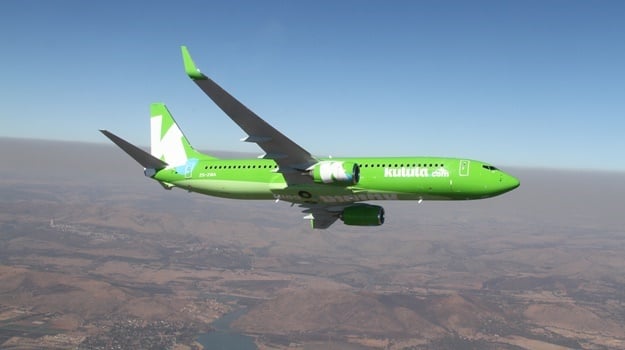
- The business rescue practitioners of JSE-listed Comair have selected a preferred offer from various expressions of interest received.
- Comair operates its own low-cost airline Kulula.com, as well as British Airways domestically under a licence agreement.
- The rescue practitioners are set to publish a proposed rescue plan for Comair on Friday 28 August.
The business rescue practitioners of JSE-listed Comair told shareholders during a closed meeting on Thursday that they have selected a preferred offer from the various expressions of interest received.
Comair operates its own low-cost airline Kulula.com as well as British Airways domestically under a licence agreement.
Comair went into business rescue in May this year, after all its flights had to be grounded at the end of March due to the national coronavirus lockdown. It has not restarted flights yet.
At the end of July this year, Comair's creditors granted the rescue practitioners yet another extension for submitting a proposed rescue plan. The rescue practitioners wanted an extension to try to obtain short-term bridging funding, and also look into two offers from potential investors.
According to slides presented and seen by Fin24, key elements of the preferred offer include an exclusive agreement with Discovery Vitality; budgeted start-up costs of about R700 million; and maintaining important relationships with Boeing and British Airways.
The turnaround plan proposed for the company will be focused on rationalising operating costs and growing ancillary revenue. Furthermore, the importance of having a fleet-mix with an increasing ratio of owned aircraft financed in rand is stipulated as key for competitiveness.
The rescue practitioners are set to publish a proposed rescue plan for Comair on Friday 28 August. A meeting of creditors is set for 11 September to consider adopting the plan or not.
If the plan is implemented and the preferred proposal accepted, it is anticipated that Comair will resume services again as from 1 December 2020.
However, in the event of suspensive conditions not having been fulfilled or waived, the rescue practitioners will proceed to wind down the company in a structured manner. In their view, this should achieve a better return for creditors than would result in the liquidation of the company.
Professional fees would be lower than in the case of a liquidation scenario and distribution should be paid sooner than in a liquidation.
Furthermore, a structured winding down would require the realisation of the company's assets in a structured manner by way of a private sale process or public auction as opposed to a fire sale in the case of a liquidation.
